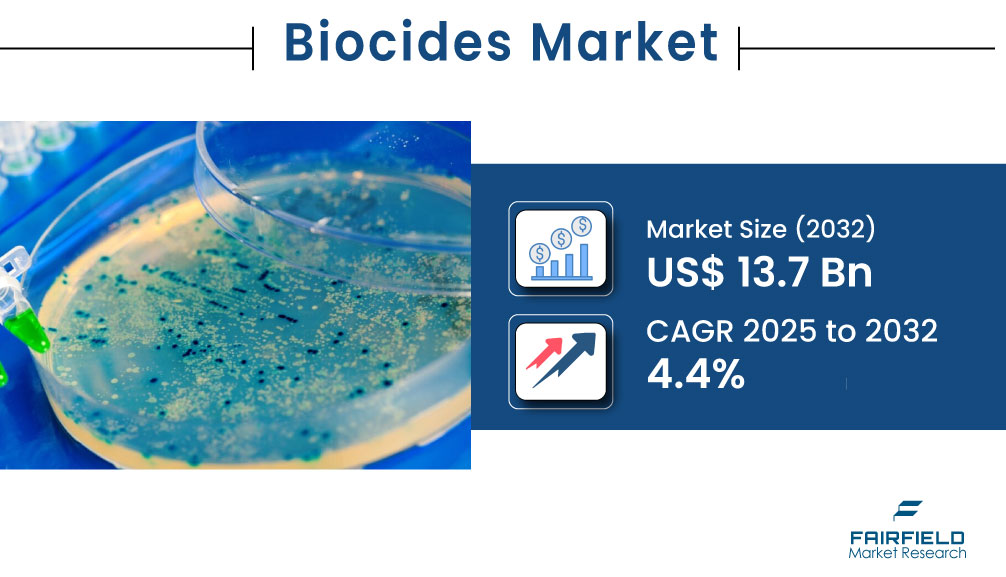Liquefied Natural Gas (LNG) Market to Surge by 2032 as Clean Energy and Energy Security Take Center Stage

Strong 8k brings an ultra-HD IPTV experience to your living room and your pocket.
The global Liquefied Natural Gas (LNG) market is forecast to expand robustly, growing from US$126.1 billion in 2025 to US$220.3 billion by 2032, at a strong CAGR of 8.3%. This upward momentum is fueled by rising electricity demand, a push toward decarbonization, and the increasing role of LNG in global energy diversification and resilience strategies.
𝐂𝐥𝐢𝐜𝐤 𝐇𝐞𝐫𝐞 𝐅𝐨𝐫 𝐌𝐨𝐫𝐞: https://www.fairfieldmarketresearch.com/report/liquefied-natural-gas-lng-market
As nations strive to reduce their carbon footprint while ensuring uninterrupted energy access, LNG is evolving from a transitional solution to a long-term energy pillar. It supports peak-load management, complements intermittent renewable sources, powers shipping fleets, and is playing a pivotal role in countries with insufficient domestic gas production. With Asia Pacific at the forefront and India emerging as a key growth engine, LNG's global footprint is expected to expand rapidly over the next decade.
A Strategic Shift Toward LNG-Fueled Energy Systems
Between 1995 and 2020, the United States reduced emissions by 14%, primarily through a transition from coal to natural gas. In 2023, global gas production recovered slightly (0.7%) following a drop in 2022, with U.S. production increasing by 4.7%. However, declines in Russia (-5.5%) and Europe (-9.3%) highlighted the lingering effects of geopolitical tensions and shifting energy strategies.
LNG infrastructure development, especially in liquefaction and regasification terminals, has enabled more countries to tap into natural gas trade networks—boosting energy security and accelerating the global shift to cleaner fuels.
Key Growth Drivers for the LNG Market
1. Surging Electricity Demand Globally
Electricity consumption is expected to grow by 3.4% annually through 2026, driven by increased digitalization, EV adoption, and urban expansion. LNG serves as a key fuel source in meeting this demand—especially where renewable energy alone cannot provide stable supply. Its low carbon profile makes it an ideal complement in hybrid energy systems.
2. Maritime Sector’s Transition to LNG Fuel
LNG is seeing widespread adoption in the shipping industry, with the number of LNG-powered vessels growing by 33% in 2024 to reach 638 ships. LNG now represents 18.2% of fuel use in the transport segment. The number of LNG bunkering vessels also rose by 22%, underlining infrastructure readiness and operator confidence in LNG as a marine fuel alternative.
3. Liquefaction Terminal Expansion Strengthens Supply Chains
Liquefaction terminals accounted for 33.7% of LNG infrastructure in 2024. Driven by rising demand in export markets and infrastructure investments in North America and the Middle East, liquefaction capacity is central to global LNG trade expansion and supply chain flexibility.
Obstacles to Watch
1. Price Volatility and Market Uncertainty
Although LNG prices corrected in 2023, the volatility experienced in previous years still impacts investment decisions. Price-sensitive buyers in the power and industrial sectors are cautious, and sustained volatility could slow long-term contract signings or project approvals.
2. Underutilized Regasification Terminals
Global regasification capacity continues to grow, but utilization fell from 43% in 2022 to 41% in 2023. Overcapacity—especially in Europe—raises concerns about capital inefficiency and slows ROI for operators. It also highlights the need for better demand forecasting and flexible infrastructure planning.
India Becomes a Key Growth Market for LNG
India is poised to become one of the largest LNG-consuming nations by 2030. With gas consumption growing over 10% annually in both 2023 and 2024, and projected to increase by 60% by 2030, LNG is becoming essential to India’s energy security. Urban transport, industrial operations, and refining sectors are driving demand.
India’s domestic gas output is unlikely to meet this rising need, positioning LNG imports as the core solution. New supply agreements, infrastructure investment, and government incentives are expected to open significant opportunities for global LNG exporters.
Global Demand Trends Favor LNG as a Bridge Fuel
In 2024, global electricity consumption surged by 1,100 terawatt-hours, almost double the past decade’s average. LNG, providing an additional 115 bcm of energy supply, proved crucial in bridging power gaps, especially in regions with high renewable penetration.
As the world’s energy mix shifts—with oil’s share dropping below 30% and electric vehicle adoption rising—LNG continues to offer reliability, scalability, and environmental benefits for both developed and emerging economies.
Regional Outlook
Asia Pacific Maintains Dominance in LNG Demand
In 2024, Asia Pacific held 55.6% of global market share, led by:
China, which saw a 7% increase in gas consumption, with 42% met through imports.
India, with a 20% increase in LNG imports to 27 million tonnes.
Japan, where LNG remains vital despite a gradual decline, supported by long-term contracts and storage infrastructure.
Europe’s Mixed Picture: Demand Drops, Yet Capacity Grows
Europe’s share stood at 15.6% in 2024, with a 19% drop in imports due to increased reliance on renewables and energy efficiency initiatives. Countries like the UK, Belgium, and Spain reported steep declines. Still, regasification terminal capacity is set to rise 60% by 2030, although over half of terminals operated below 40% capacity in 2024.
The U.S. remained Europe’s top LNG supplier, providing 46% of imports, while Russian deliveries surprisingly rose—highlighting continued complexities in Europe's supply diversification efforts.
LNG Market Segmentation
By Infrastructure Type:
Liquefaction Terminals
Regasification Terminals
Storage Facilities
LNG Carriers
By Application:
Power Generation
Transportation Fuel
Residential & Commercial
Industrial and Miscellaneous
Competitive Landscape
The global LNG market is led by energy giants investing in advanced technologies, infrastructure expansion, and long-term trade partnerships:
Gazprom is focusing on LNG for marine fuel with proprietary GMR technology.
ExxonMobil has partnered with QatarEnergy and Eagle LNG to expand operations.
Chevron boosted its LNG footprint through its acquisition of Noble Energy.
Eni continues to lead in floating LNG (FLNG) projects in Argentina, Mozambique, and Congo.
Recent Developments
In April 2025, Eni and YPF signed an MoU to develop Argentina’s Vaca Muerta LNG export project, targeting 30 MTPA via two FLNG units.
In June 2023, ExxonMobil, Eagle LNG Partners, and Crowley launched an LNG marine fuel project in Florida to support the decarbonization of North American shipping.
Note: IndiBlogHub features both user-submitted and editorial content. We do not verify third-party contributions. Read our Disclaimer and Privacy Policyfor details.







